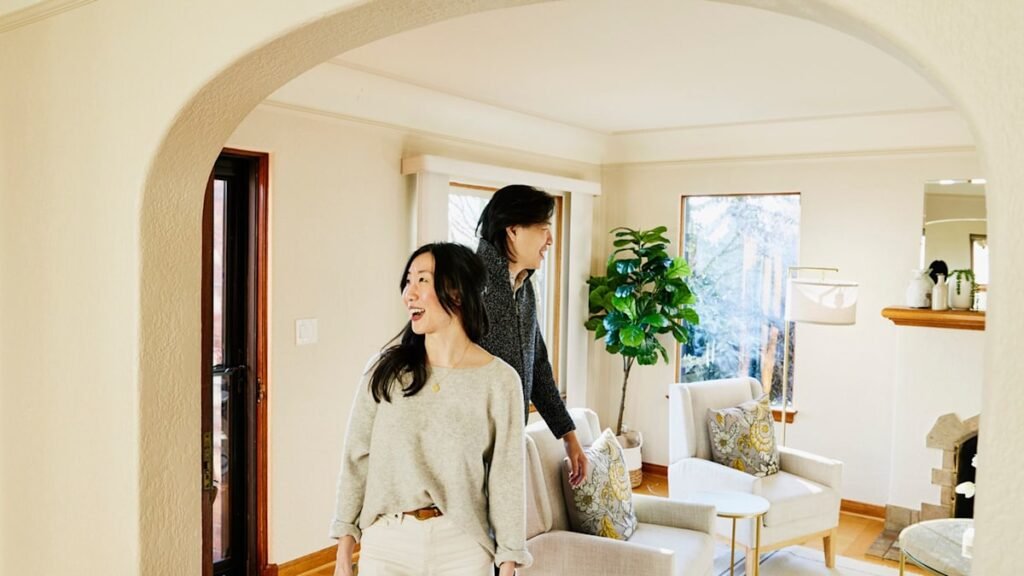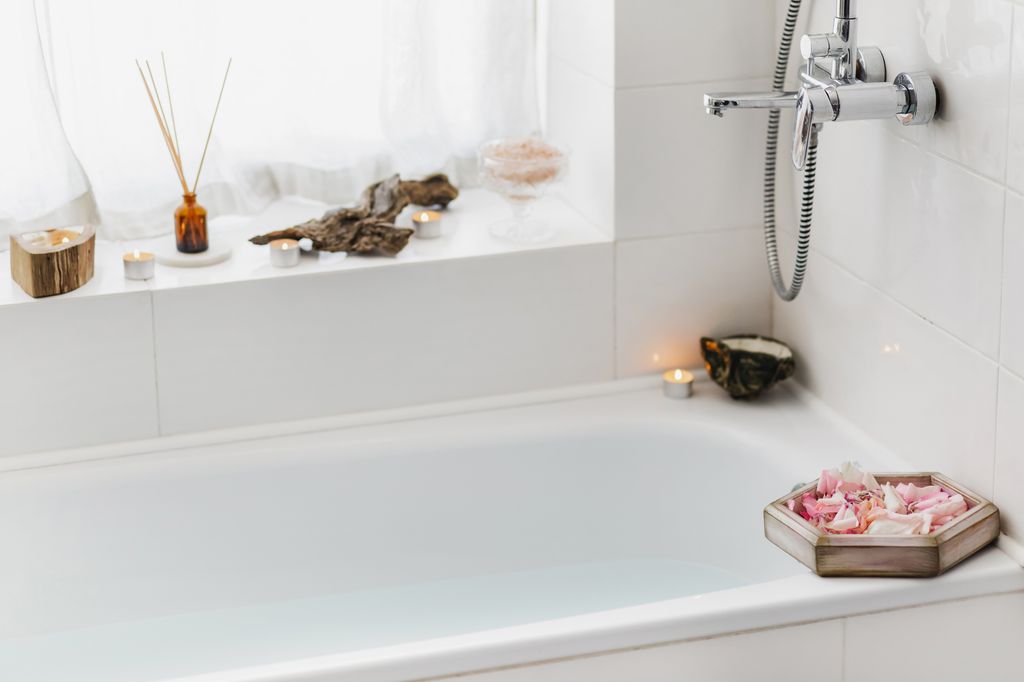Buying a property can be a total minefield, and there are lots of things to look out for and ask about when you’re in-and-out for a property viewing. We’ve gathered up a range of property experts to reveal the biggest ‘red flags’ when it comes to buying a house…
The presence of troublesome plants
Japanese Knotweed is a pesky plant that causes major structural damage to homes and is often asked about, but bamboo is quickly becoming a fellow pest.
Michael Holden, a former NAEA Propertymark president, explains: “When buying a home, the key issue is to make sure that you ask the vendor and the estate agent as to whether the property has had any present or historic issues with Japanese Knotweed or invasive plant species generally. Bamboo, for example is now becoming more of a concern. Where there are potential issues, it is advisable that a specialist survey is undertaken to identify invasive plants in the property’s garden and any other matters that would require further investigation.”
Hidden asbestos
Recent data reveals that 82 per cent of garage roof replacements involve asbestos, so do think about this as a future cost. Mark Evans, Owner of Danmarque Garages said: “We’ve been removing and replacing asbestos garage roofs for over 15 years, and for the last five years we’ve seen a huge surge in the amount of failing and leaking asbestos roofs.
“Most asbestos garages were installed throughout the 1970s, 80s and 90s, so we’re at that point in time where most are now starting to crack, leak, and release their harmful asbestos fibres.” Always call in the professionals when it comes to asbestos, we had it in our home and we were surprised at how easily it can be whisked away – safely and professionally.
The heavy smell of air fresheners
Property expert, George Levett, from conveyancing-solicitor.co.uk is sceptical about any heavy scents when viewing a house.
“Strong air freshener could be covering up the smell of smoke or pets, or they could be a sign of more serious concerns such as mould, rotting wood, or sewer problems,” he warns.
Low water pressure
The water pressure is something that needs testing while on a viewing. Ask to turn the shower on to check it out. “Some problems, like blocked pipes or faulty taps, are simple to fix, but more severe issues, such as corroded water lines or leaky pipes, can be expensive to repair and, in some cases, may even affect the quality of your drinking water,” George says.
Water stains on the walls or ceilings
Damp issues are common in the UK, especially in older properties. “Keep an eye out for water stains on walls or ceilings, peeling wallpaper, or that musty smell,” advises George.
This doesn’t mean you should be put off the house altogether if it’s minimal, but once you’ve moved in, you will need to take action. “Ensure there’s adequate ventilation in the house to keep moisture problems at bay,” he recommends. My house is susceptible to damp, and drying my clothes inside caused a mould issue for me, and that required attention.
Sagging ceilings or uneven floors
While property viewings are often brief, it is a good idea to pay attention to floors that seem to slope or feel uneven underfoot – as these are red flags that should not be ignored.
“This could indicate that the house is suffering from underlying structural or foundation problems,” explains George.
“It might also signal water damage or long-term issues with the property’s support beams or load-bearing walls. Uneven floors or ceilings can be costly to fix, especially if they are caused by more serious issues like foundation settling or water damage. Be sure to examine these areas closely when viewing a property, as they could point to a deeper problem that might not be immediately obvious.”
Bad energy ratings
My Local Toolbox founder, Adam Clark, sees energy efficiency as an important factor when buying a home. He explains: “Check the property’s energy efficiency rating to estimate future energy costs; a low rating can mean higher energy bills, due to needing more energy to heat the home. Ask if there are energy-saving features in place, like double-glazed windows and insulation in the walls and roof, as these will reduce costs and increase efficiency. If these measures are missing, consider the expense of installing them yourself.”




